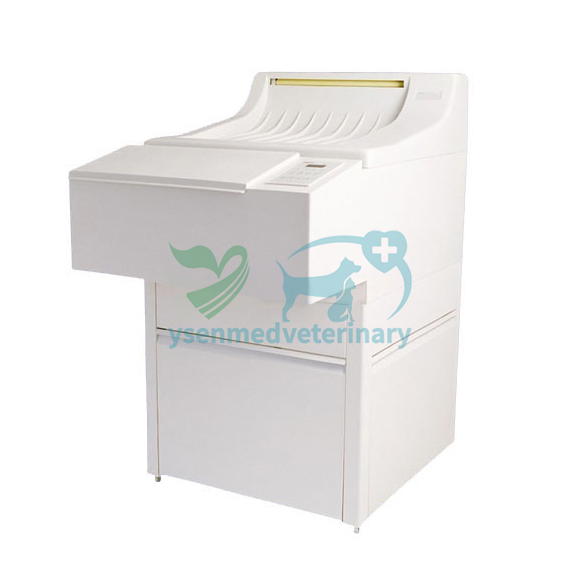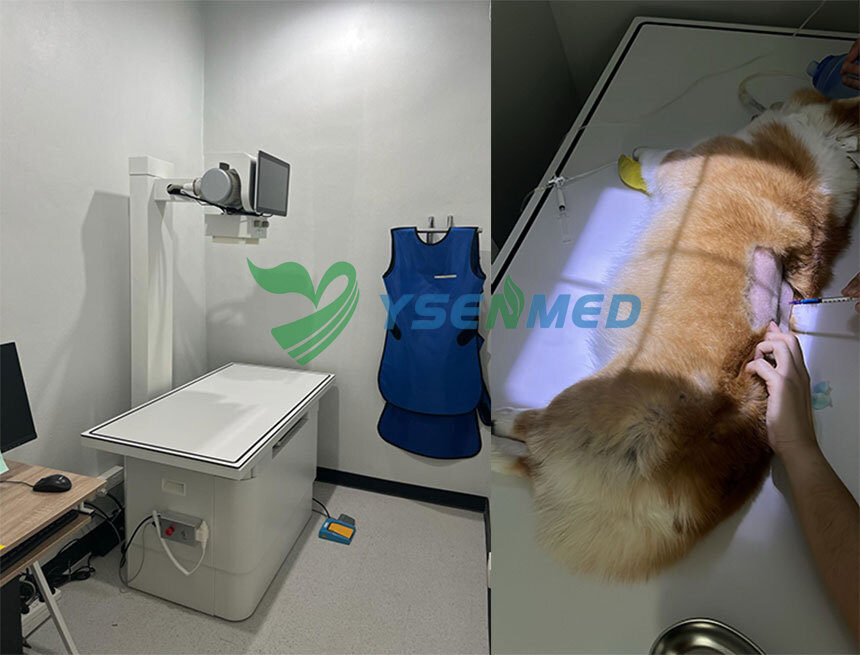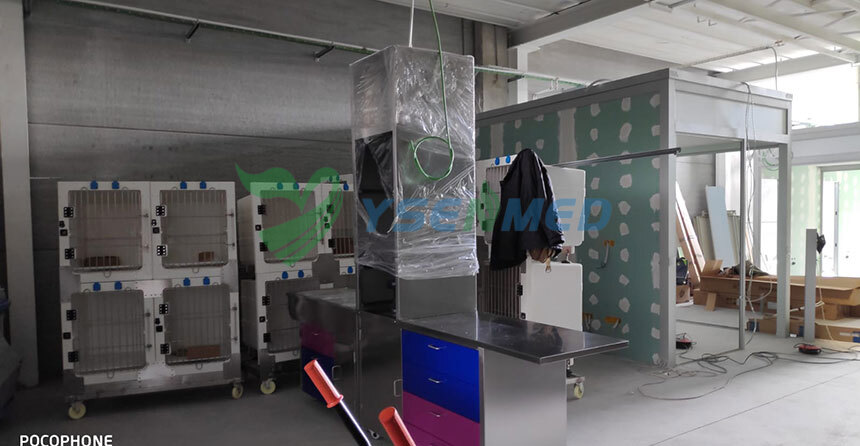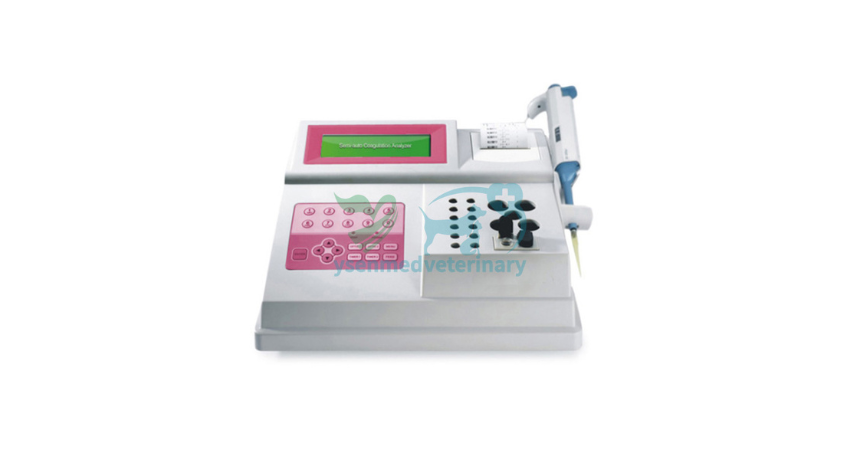Introduction
Radiography, a pivotal diagnostic tool in the medical field, has undergone a remarkable evolution over the years. The transition from traditional X-ray film processing to automatic methods has not only revolutionized the way medical images are obtained but has also significantly enhanced diagnostic accuracy and efficiency. In this article, we delve into the fascinating journey of radiography, exploring the advancements in
automatic X-ray film processing and their impact on modern healthcare.

The Dawn of Radiography
At the turn of the 20th century, the discovery of X-rays by Wilhelm Roentgen heralded a new era in medical imaging. The initial method of capturing X-ray images involved exposing photographic films to radiation, creating a latent image that required chemical processing. This method, though groundbreaking at the time, was time-consuming and posed challenges in terms of image quality and storage.
The Advent of Automatic X-Ray Film Processing
Embracing Efficiency with Automatic Processing
The demand for quicker and more efficient diagnostic processes led to the development of automatic X-ray film processing. This breakthrough allowed for immediate image development, eliminating the need for manual chemical processing and reducing the time required for diagnosis.
How Automatic Processing Works
Automatic X-ray film processing involves the use of a dedicated machine equipped with rollers, chemical tanks, and drying compartments. The exposed X-ray film is fed into the machine, where it undergoes a series of automated steps: development, fixing, washing, and drying. This seamless process ensures rapid access to diagnostic images, expediting patient care.
Advantages of Automatic X-Ray Film Processing
Speeding up Diagnosis
One of the primary advantages of automatic processing is the significant reduction in the time it takes to obtain diagnostic images. In emergency situations, where time is of the essence, this technology proves invaluable, enabling swift decision-making by healthcare professionals.
Improved Image Quality
Automatic processing contributes to enhanced image quality by minimizing the risk of errors associated with manual processing. Consistency in chemical application and development times results in sharper and more accurate images, aiding in more precise diagnoses.
Environmentally Friendly Practices
Compared to traditional methods that involve the use of large quantities of chemicals, automatic processing is a more environmentally friendly option. The automated systems typically use reduced chemical volumes and incorporate recycling mechanisms, aligning with the global push for sustainable healthcare practices.
Overcoming Challenges in Automatic X-Ray Film Processing
Technological Hurdles
While automatic X-ray film processing has undeniably improved efficiency, it has not been without challenges. Early automatic processors faced issues such as uneven development and artifacts in the images. Continuous advancements in technology, however, have addressed these concerns, with modern machines offering superior image quality and reliability.
Cost Considerations
The initial cost of implementing automatic X-ray film processing systems can be a deterrent for some healthcare facilities. However, the long-term benefits, including reduced labor costs, increased throughput, and improved diagnostic accuracy, often outweigh the initial investment.
Future Trends in Radiography
Digital Radiography: The Next Frontier
As technology continues to advance, the future of radiography lies in digital imaging. Digital radiography systems eliminate the need for physical films altogether, allowing for immediate image capture and storage. This not only streamlines the diagnostic process further but also facilitates seamless integration with electronic health records.
Artificial Intelligence in Radiology
The integration of artificial intelligence (AI) in radiology is poised to revolutionize diagnostic capabilities. AI algorithms can analyze vast amounts of imaging data, aiding radiologists in detecting subtle abnormalities and improving diagnostic accuracy. This synergy of technology promises to enhance the overall efficiency of healthcare delivery.
Conclusion
In the ever-evolving landscape of medical imaging, the transition from traditional X-ray film processing to automatic methods represents a pivotal moment in the history of radiography. The speed, efficiency, and improved image quality offered by
automatic processing have redefined the way healthcare professionals approach diagnostics. As we look to the future, the integration of digital radiography and artificial intelligence signals a promising era of innovation, where precision and swiftness in diagnostics are paramount. The evolution of radiography continues, ensuring that healthcare providers can deliver the best possible care to patients around the world.
FAQs
Can you explain the difference between traditional X-ray film processing and automatic processing in radiography?
Certainly! Traditional X-ray film processing involves manually developing exposed films using chemicals, which can be time-consuming. On the other hand, automatic processing uses dedicated machines that streamline the entire development process, providing quicker access to diagnostic images.
How does automatic X-ray film processing contribute to improved image quality in radiography?
Automatic processing enhances image quality by ensuring consistent chemical application and development times. This consistency minimizes the risk of errors associated with manual processing, resulting in sharper and more accurate diagnostic images.
Are there any environmental benefits to using automatic X-ray film processing in healthcare settings?
Yes, there are environmental benefits. Compared to traditional methods that require large quantities of chemicals, automatic processing systems use reduced chemical volumes and often incorporate recycling mechanisms. This aligns with the global push for sustainable healthcare practices, making it a more eco-friendly option.
What challenges were faced during the early stages of implementing automatic X-ray film processing, and how have they been addressed?
Early automatic processors faced challenges such as uneven development and artifacts in images. However, continuous technological advancements have addressed these issues. Modern machines offer superior image quality and reliability, overcoming the hurdles faced during the initial stages of implementation.
How does the integration of artificial intelligence (AI) impact radiology in the context of automatic X-ray film processing?
The integration of AI in radiology enhances diagnostic capabilities by analyzing vast amounts of imaging data. AI algorithms assist radiologists in detecting subtle abnormalities, thereby improving diagnostic accuracy. This synergy of technology not only speeds up the diagnostic process but also contributes to overall efficiency in healthcare delivery.





